Magazine | Analyses
« Albert » l’Albatros à sourcils noirs est revenu en juin et en juillet 2021 sur les falaises de Bempton (Grande-Bretagne)
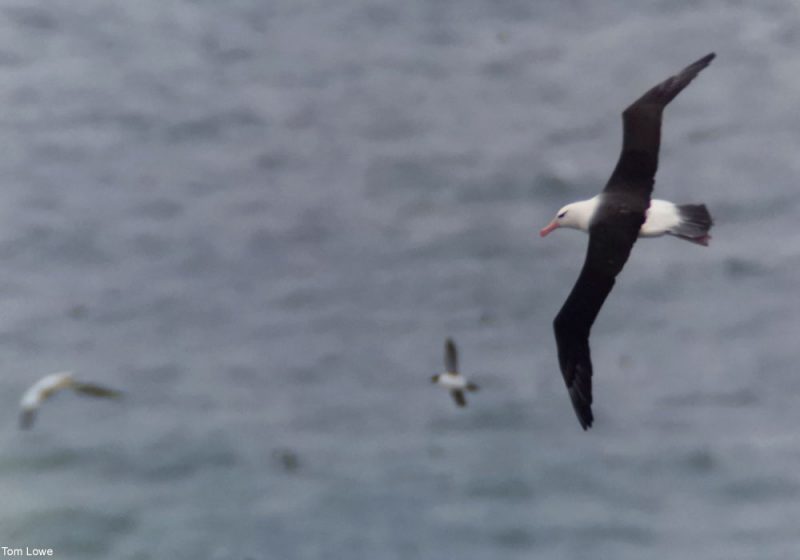
Albatros à sourcils noirs (Thalassarche melanophris) adulte dans la réserve des falaises de Bempton (Grande-Bretagne) le 29 juin 2021.
Photographie : Tom Lowe
Introduction
Les albatros (famille des Diomédéidés) ont toujours fasciné les hommes par leur grande envergure, leur maîtrise des airs, qui leur permet de glisser sans effort au-dessus de l’eau sur de longues distances, même quand la mer est très agitée, leurs zones de nidification situées sur des îles isolées, ou encore leur fidélité entre partenaires. Les observateurs qui ont eu la chance de participer à des croisières pour les voir évoluer majestueusement entre les vagues s’en souviennent ensuite toute leur vie. Il n’est donc pas étonnant que des centaines de personnes aient visité la réserve des falaises de Bempton située dans le Yorkshire de l’Est (Grande-Bretagne), depuis qu’un Albatros à sourcils noirs (Thalassarche melanophris) adulte y a été repéré le 29 juin 2021. Il s’agirait en fait d’un « habitué » des lieux, qui a été observé sur ce site à plusieurs reprises depuis 2017, toujours à la même période de l’année (en juin et en juillet), et qui a été surnommé « Albert », certainement pour faire un jeu de mots (« Albert Ross », pour « Albatross » en anglais). Il était encore présent le 6 juillet 2021 au moins.
Après une brève présentation de l’Albatros à sourcils noirs, nous revenons sur l’observation remarquable d’un individu dans la réserve des falaises de Bempton, puis nous évoquons les hypothèses possibles expliquant l’arrivée en mer du Nord de cette espèce nichant principalement dans les archipels des Malouines et de Géorgie du Sud, à plusieurs milliers de kilomètres de l’Europe.
Nous remercions Tom Lowe (voir sa page Twitter) et David Dack (voir sa page Twitter) pour leurs photos.
Abstract
Albatrosses (family Diomedeidae) have always fascinated humans because of their immense wingspan, their mastery of the air, which allows them to glide effortlessly above the waves for long distances, even if the sea is very rough, their breeding grounds situated on isolated islands in the southern seas, and the loyalty of partners. Birders who have the chance to participate in pelagic cruises to watch them flying majestically between the waves remember them all their life.
No wonder, then, that hundreds of people have already visited the Bempton Cliffs Reserve, managed by the Royal Society for the Protection of Birds (RSPB), located in East Yorkshire (Great Britain), to watch an adult Black-browed Albatross (Thalassarche melanophris) which was found there on the 29th of June 2021. It is in fact a « regular » visitor of this place, as it has been watched there several times since 2017, always at the same time of year (in June and July), and who was nicknamed « Albert », certainly to make a good pun (« Albert Ross », for « Albatross » in English). It was still there on the 6th of July 2021.
After a description of the Black-browed Albatross, we present the remarkable sighting of an individual in the Bempton Cliffs Reserve, and we discuss the possible hypotheses explaining the arrival in the North Sea of a species coming from the archipelagos of the Falklands and South Georgia, several thousand kilometers from Europe.
We thank Tom Lowe (his Twitter page) and David Dack (his Twitter page) for their photos.
Poursuivez la lecture de cet article, en vous abonnant dès maintenant !
Découvrez les Archives d’Ornithomedia.com
Pour seulement 10,00 €TTC/an (ou 6,00 € les 6 mois)
Profitez de plusieurs centaines d’articles en accès illimité et sans aucun engagement.
Compléments
Dans la rubrique Observations d’Ornithomedia
Albatros à sourcils noirs (Thalassarche melanophris)
Ouvrages recommandés
- Albatrosses, Petrels and Shearwaters of the World de Derek Onley (Auteur), Paul Scofield (Auteur)
- Flight Identification of European Seabirds de Anders Blomdahl, Bertil Breife et Niklas Holmstrom (31 mai 2007)
Sources
- Grace Newton (2021). Northern hemisphere’s only albatross moves visitors to tears as it returns to RSPB Bempton Cliffs in Yorkshire – after being feared dead in eagle attack. Yorkshire Post. Date : 29/06. www.yorkshirepost.co.uk
- Will KIlner (2021). ‘Exiled’ albatross – feared dead in eagle attack – makes dramatic reappearance off Yorkshire coast. Telegraph and Argus. Date : 01/07. www.thetelegraphandargus.co.uk
- Tarsiger (2021). Black-browed Albatross, Thalassarche melanophris. www.tarsiger.com
- Countryfile (2017). Yorkshire home to UK’s largest seabird colony. www.countryfile.com
- Kevin D. Powers, David N. Wiley, Andrew J. Allyn, Linda J. Welch et Robert A. Ronconi (2017). Movements and foraging habitats of great shearwaters Puffinus gravis in the Gulf of Maine. MEPS. Numéro : 574. Pages : 211-226. www.int-res.com/abstracts/meps/v574/p211-226/
- Stefan Garthe, Gunnar T. Hallgrimsson, William A. Montevecchi, David Fifield et Robert W. Furness (2016). East or west? Migration routes and wintering sites of Northern Gannets Morus bassanus from south-eastern Iceland. Marine Biology. Volume : 163. Numéro : 151. link.springer.com
- Felix Timmermann (2015). The Black-browed Albatross on Heligoland, Germany. Birdguides. Date : 01/05. www.birdguides.com/articles/the-black-browed-albatross-on-heligoland-germany/
- LPO (2008). Les étonnantes migrations des Fous de Bassan. Futura-Sciences. www.futura-sciences.com
- Frédéric Jiguet (2000). Identification and ageing of Black-browed Albatross at sea. British Birds. Volume : 93. Pages : 263-276. Juin. britishbirds.co.uk




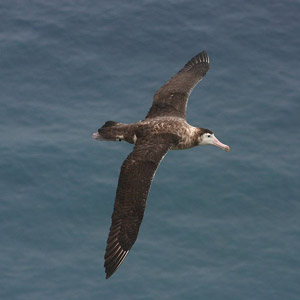
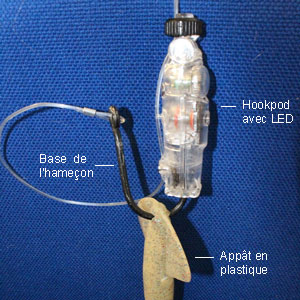
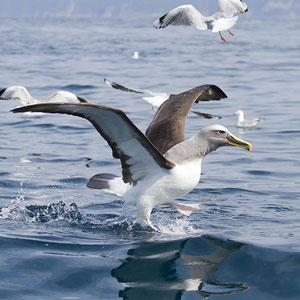
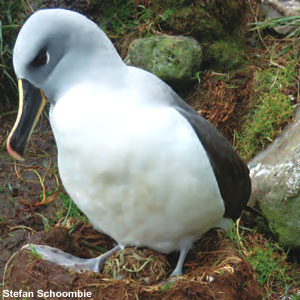
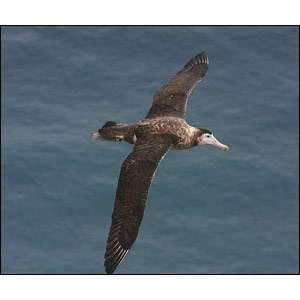
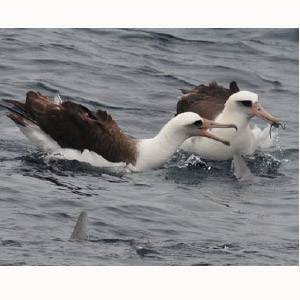
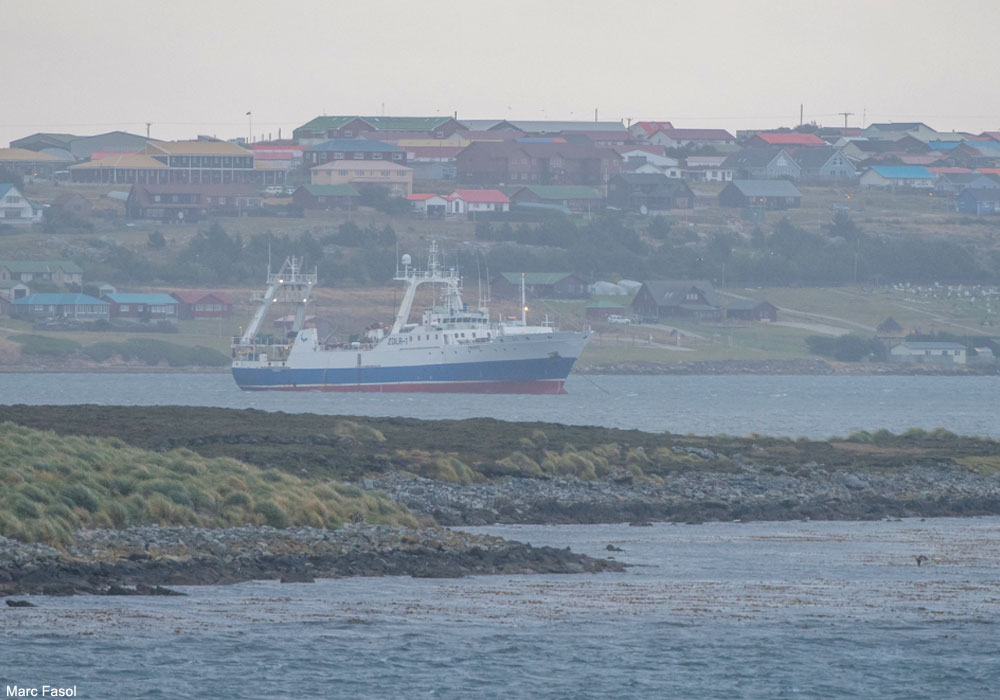
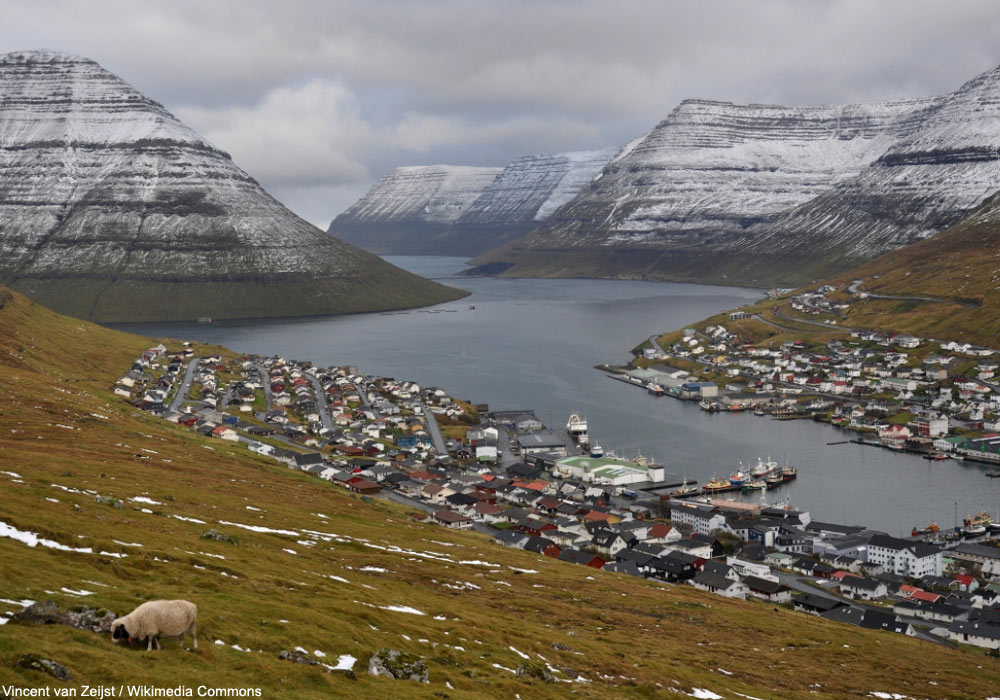
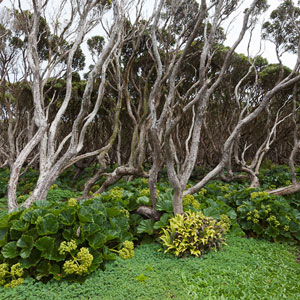
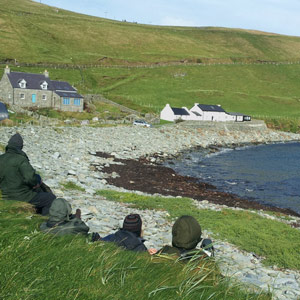
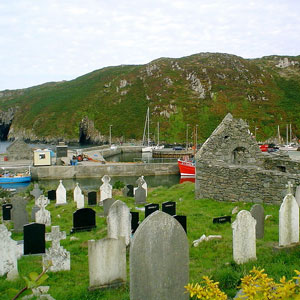
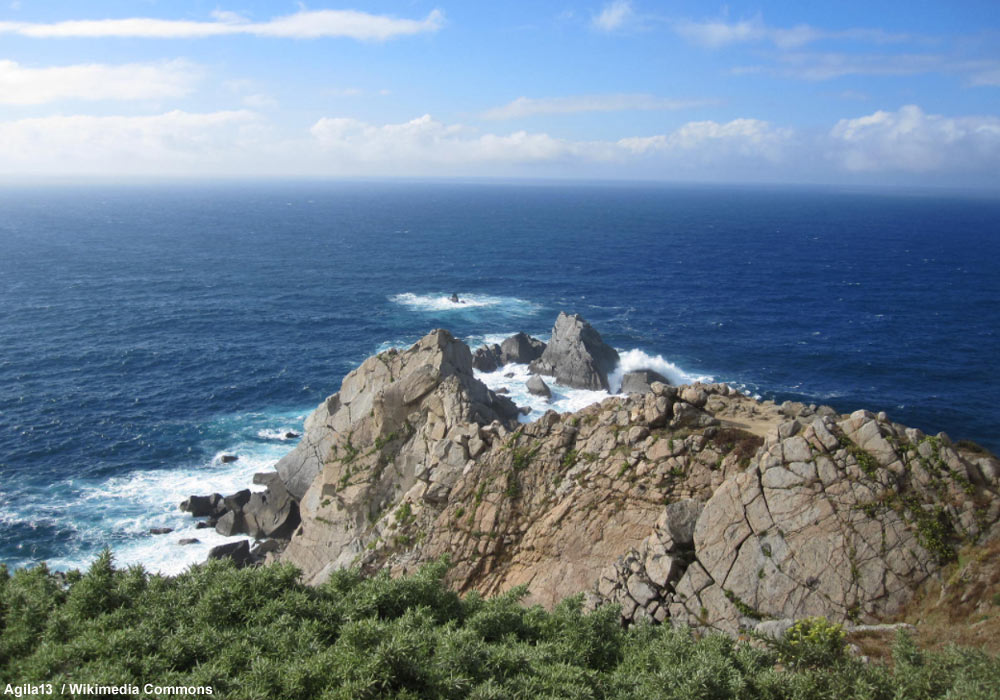

Aucun commentaire sur ce sujet
Participer à la discussion !